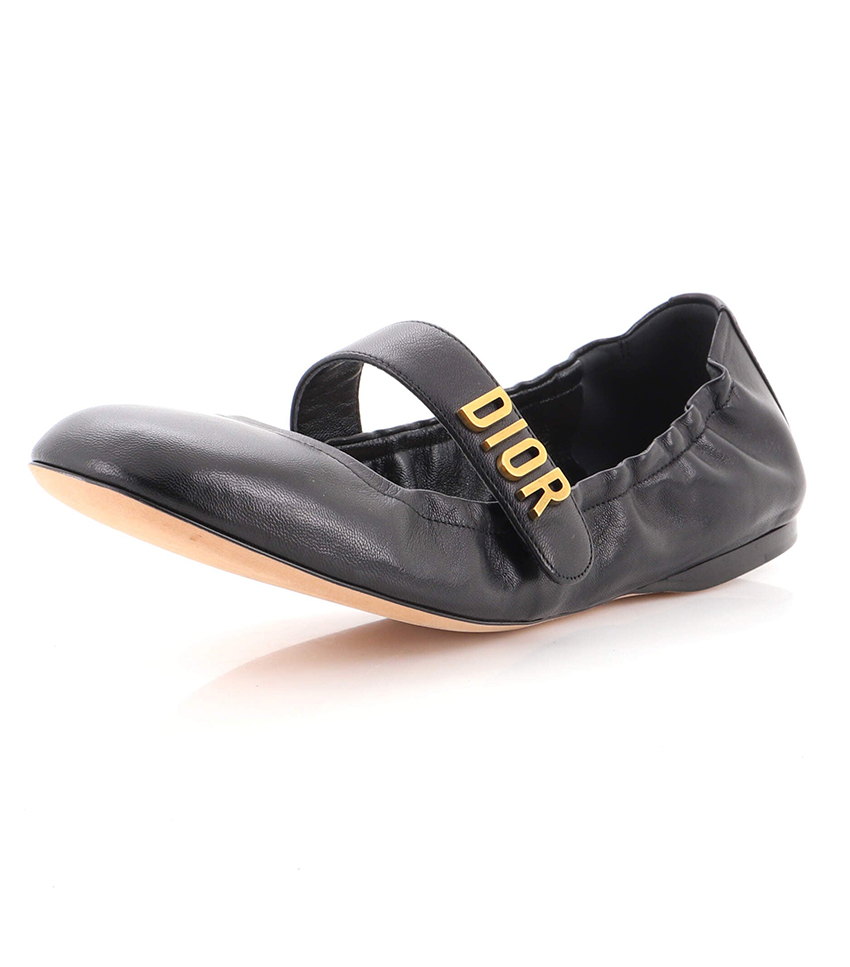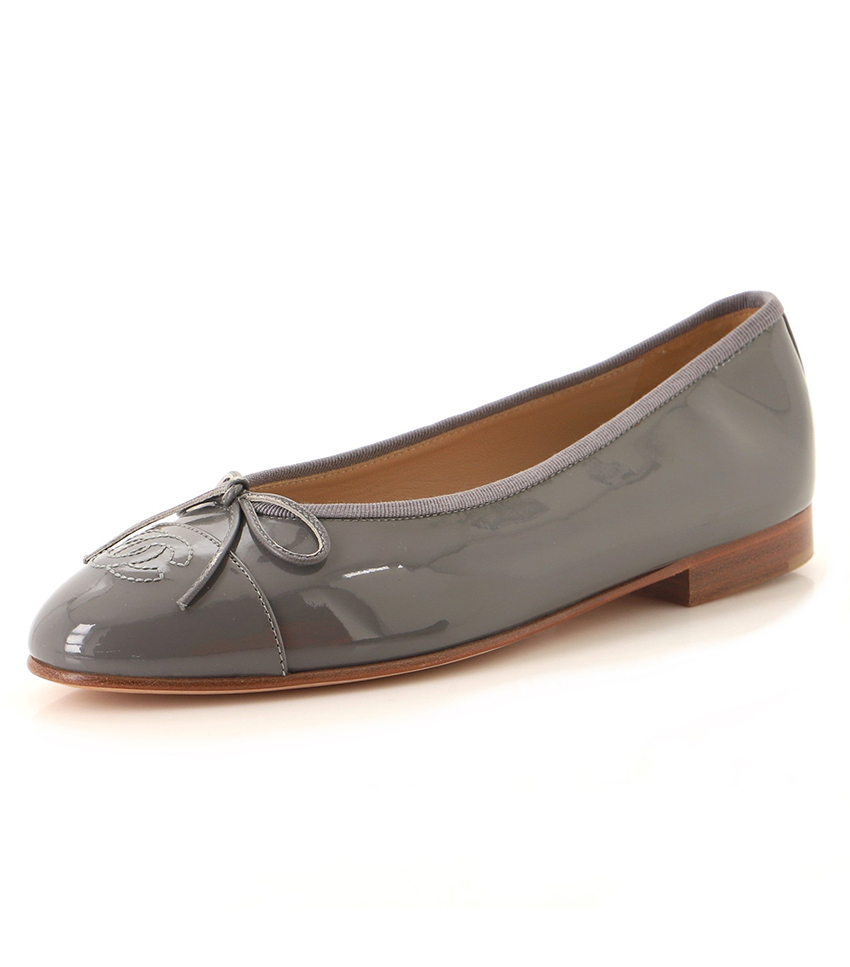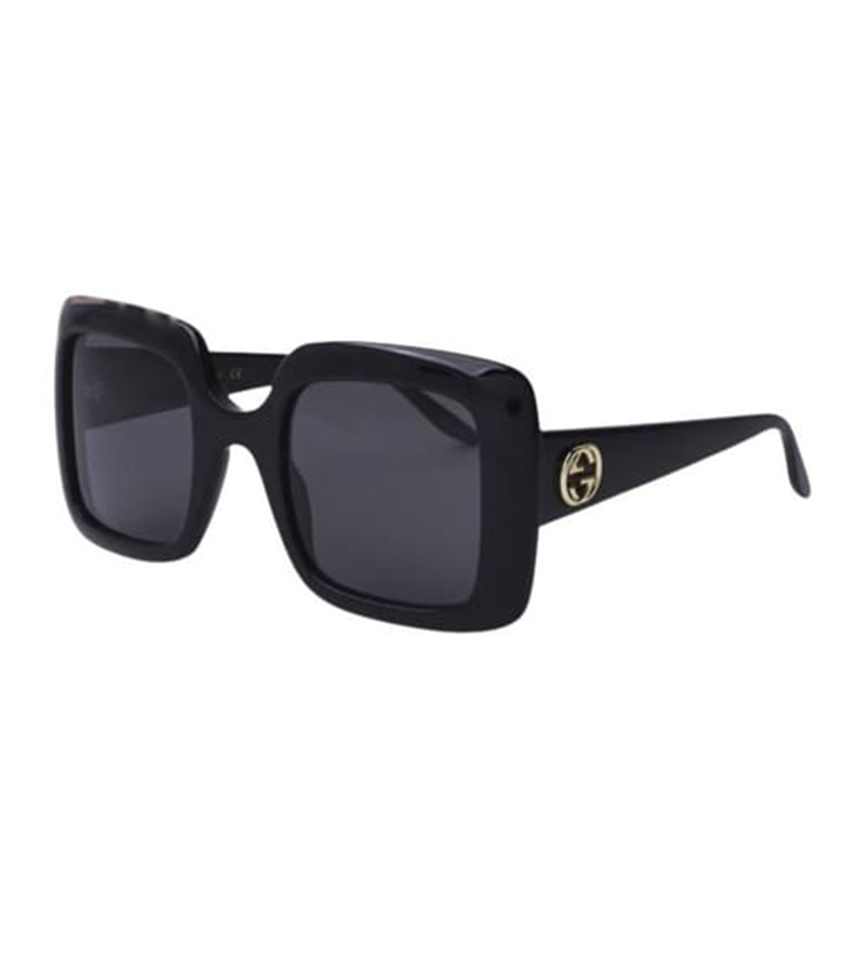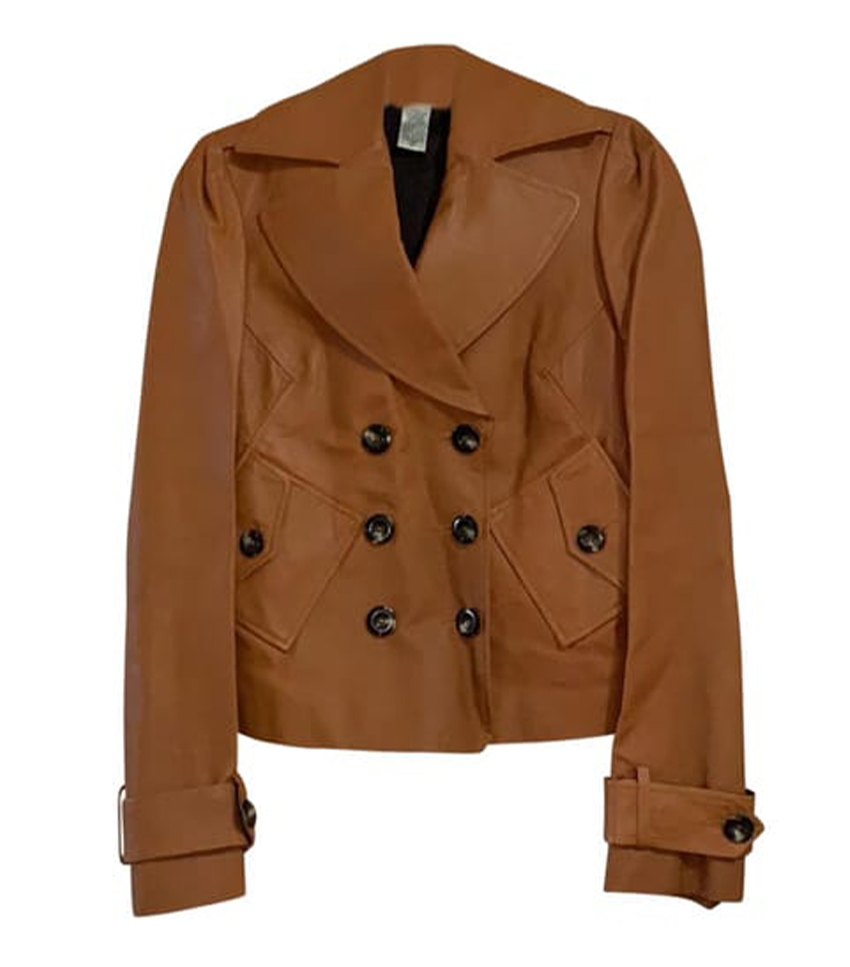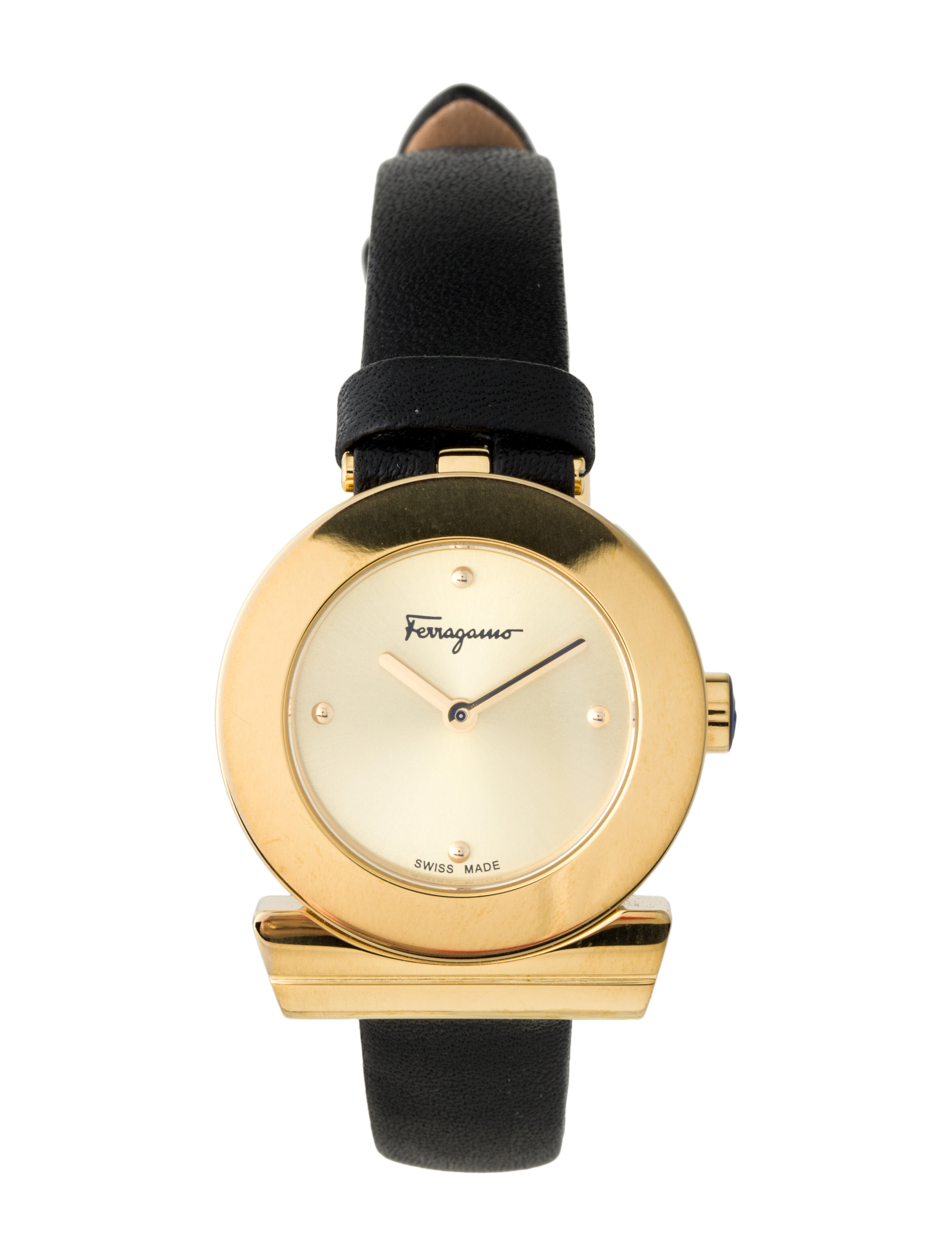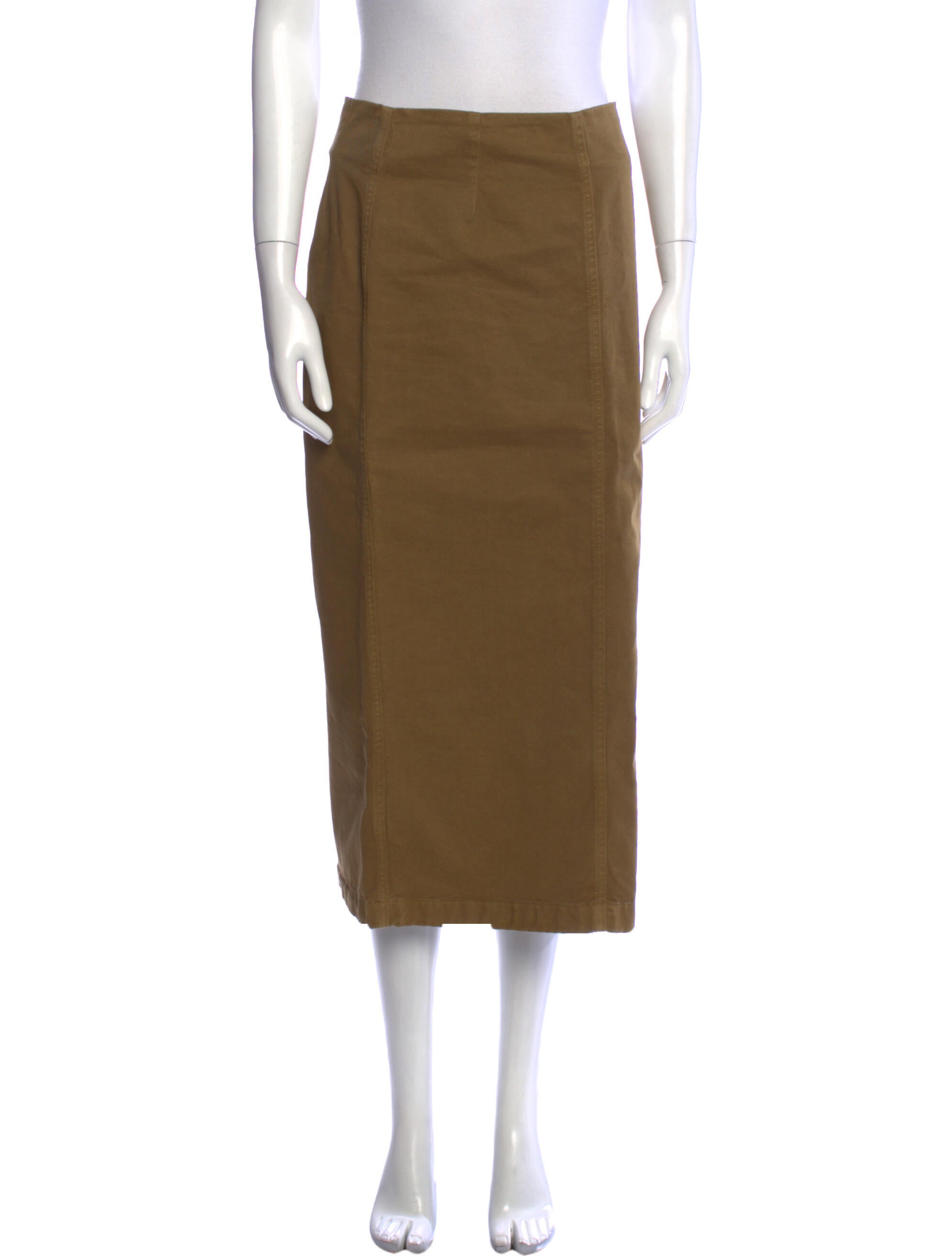We're Resale Experts—This Is What You Should Be Parting With and Purchasing RN


Despite popular belief, even editors can succumb to one of the most common closet mistakes: lack of discernment. Though our jobs are about being able to sift through everything to find the best staples to add to our (and our dear readers) closets, it can, at times, be overwhelming. After all, we live to find things, so sometimes we go a little overboard—whether that means investing in far too many trends, not shopping as wisely as we can, or owning multiple versions of the same piece because they're slightly "different." Of course, this problem doesn't solely plague editors; anyone can reach a point where they wake up one day, stare at their overstuffed closet, and profess, I have nothing to wear.
In those moments, it's more important than ever to not only do a closet clean-out but also have an internal check-in about your shopping habits. Deciding to ditch that once-viral trend after wearing it once for TikTok may seem harmless, but textile waste (and production) is one of the second biggest polluters in the world. The average American throws away 81.5 pounds of clothes yearly, and while you may be thinking, No, I donate it, what many don't know is that most clothing that's "donated" ends up being exported to impoverished countries where they'll eventually be left in landfills and impact local agriculture and water supplies for those communities.
All of this is to say that it's imperative to do everything we possibly can as consumers to shift to a circular economy, and the easiest way to do just that is through the secondhand resale market. We know that there are so many benefits to shopping secondhand, but reselling can feel a bit more challenging for many. So to make that process more accessible, we spoke with three experts from some of the biggest luxury resell platforms to have them share their wisdom.
Ahead, you'll hear from them about how they got into the luxury resale industry, why it's imperative to shop (and sell) clothing secondhand, and what pieces you should be parting with and purchasing right now.
Rebag

WHO: Elizabeth Layne, Chief Marketing Officer of Rebag
How did you break into the fashion industry? How did you become an expert in luxury resale?
I broke into fashion through marketing with direct-to-consumer brands like Birchbox and Bonobos. Before joining Rebag, I started as a resale customer, buying and selling from vintage stores in college to digital platforms throughout my career. Through my experience as a consumer and nearly five years at Rebag, I’ve cultivated an in-depth knowledge of the luxury resale industry.
How has working at Rebag changed how you view luxury resale?
Since working at Rebag, I’ve developed an investment mindset regarding luxury. Handbags, accessories, fine jewelry, watches, shoes, and clothes aren’t just for wearing; they also make excellent investments. I’ve always supported sustainability in the retail industry. Rebag incentivizes customers to participate in our circular business model by bringing their once-loved items to trade them in for something new to love.

What do you wish more people knew about luxury resale as a whole?
While many are wary of authenticity and quality in the luxury secondary market, companies like Rebag have teams of experts that put items through an extensive in-person inspection process. Every Rebag item is certified and approved, giving buyers the peace of mind they're looking for when it comes to authentication. Luxury accessories are among the least volatile collectible assets and have among the lowest correlations to stocks, which can be especially important in uncertain economic times like the current one. The value of your luxury accessories will likely appreciate if they are in demand, you care for them, and keep them in good condition.

As a seasoned expert, what advice would you give to someone looking to do a closet clean-out before the end of the year?
First, look at the trends so you don’t accidentally sell something you want to keep. Then evaluate the personal and sentimental value of your items. After you’ve done that, you’ll want to research their investment value to get an idea of what items are worth selling. You can do that through Rebag’s software tool, Clair, which empowers sellers with the knowledge needed to decide which pieces to part with. The tool allows you to snap a quick photo on your mobile device, instantly identifies and prices over 15,000 similar designer styles, and takes into account Rebag’s annual Clair Report to offer the most transparency around resale and primary luxury markets’ pricing.
What are some of the biggest mistakes people make when looking to part ways with old pieces?
Sellers do themselves a disservice if they don’t do a bit of research before selling a luxury item. Rebag’s proprietary tracking system uniquely identifies any item by brand and model; you can track the value of your item over time and determine when to hold onto your items and when to sell them.

While everyone’s wardrobes are different, can you tell us which pieces you feel people should part ways with? And which should they invest in right now?
First and foremost, you always want to part ways with those that you haven’t worn in some time. When it comes to investing in new trends, it's wisest to do so with styles from top brands with high average retention values. Per our 2022 Clair Report, Hermès, Chanel, and Louis Vuitton average 85% or more of their retail price at resale, and brands like Saint Laurent, Gucci, Christian Dior, Bottega Veneta, and Prada are also considered safe bets. But if I were to narrow down what pieces specifically you should be parting with and purchasing, it would be…

Resell: mini bags
Invest in: oversize bags and whimsical bags
It’s time to trade mini bags and once-trendy bags like the Bottega Veneta Cassette. Hold on to Prada Re-Edition Re-Nylon shoulder bags. And keep an eye out for oversize and whimsical bags. We’ve seen the whimsical bags trending—e.g., the Loewe flower bags or the Gucci Gremlins, which evoke a sense of fantasy. And oversize bags like the Chanel 22 bag or the giant Louis Vuitton key ring bag are also set to go big (pun intended) in 2023.

Resell: uncomfortable shoes
Invest in: balletcore- and preppy-inspired footwear
In terms of footwear, I always recommend parting ways with uncomfortable shoes—you’re not going to wear them again, trust me. And with balletcore and preppy trending for spring 2023, there’s no better time to make a switch. Invest in footwear like Miu Miu ballet flats or chunky loafers from Prada or Gucci, and you’ll be grateful you did.
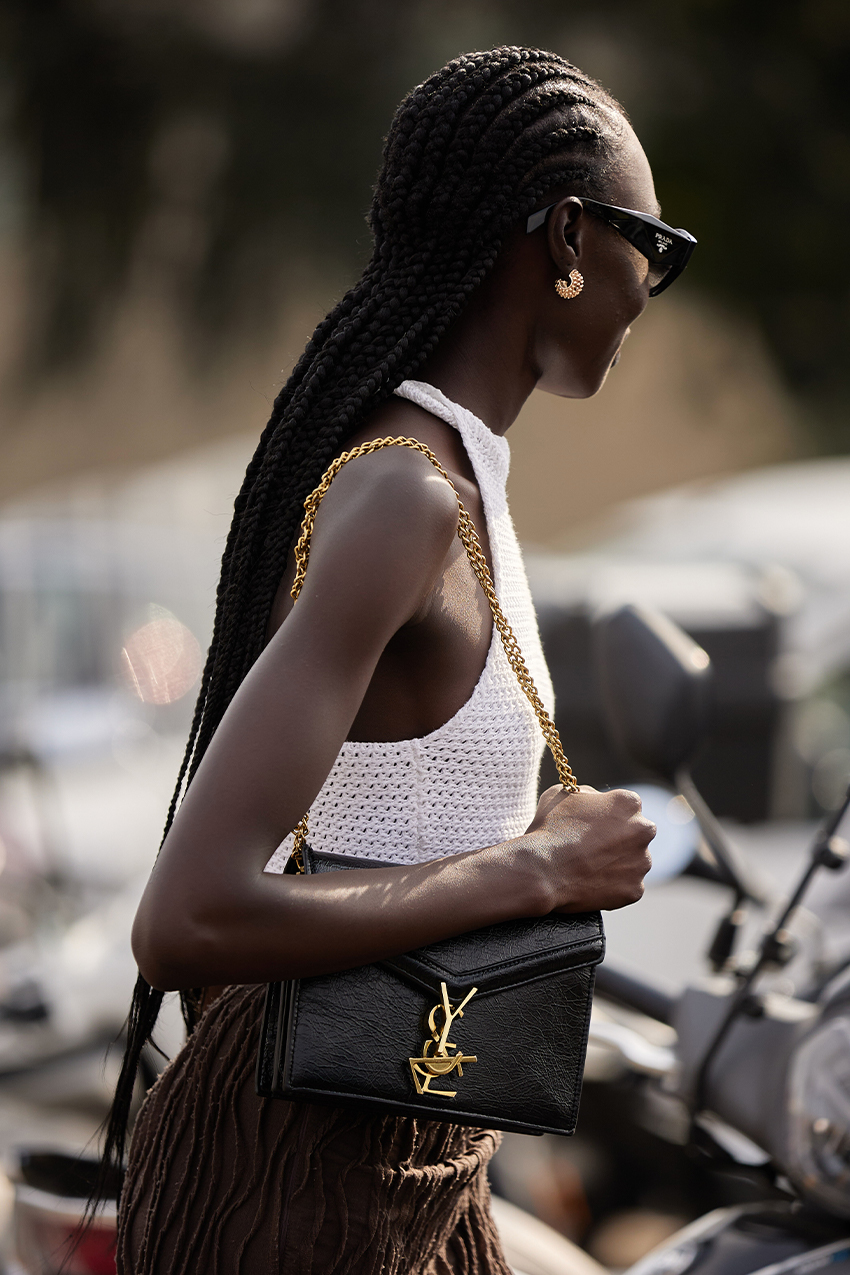
Why do you feel it’s vital that more people use resale sites like Rebag both for cleaning out and adding new pieces to their wardrobes? Why is secondhand retail so imperative?
Secondhand retail is essential considering 11.3 million tons of textile waste are sent to landfills in the United States each year. With luxury resale, your once-loved fashion items have someone who can give them new life. Secondhand retail has a lower carbon footprint than producing new goods for sale, and it also saves items from ending up in landfills thanks to its circular business model. Customers should treat resale as another option, like shopping at full price or off the price.
Vestiaire Collective

WHO: Sophie Hersan, Co-Founder and Fashion Director of Vestiaire Collective
How did you break into the fashion industry? How did you become an expert in luxury resale?
Since childhood, I've been fascinated by fashion and inspired by some of the world's most renowned designers, such as Yves Saint Laurent, Karl Lagerfeld, and Martin Margiela. I studied fashion in Paris and worked with iconic designers for years as a studio manager until I founded Vestiaire Collective in 2009. I created Vestiaire because we noticed a significant change in consumer behavior—with the rise of social media and fast fashion, we saw people buying more clothes and wearing them less. We saw an urgent need for a sustainable alternative. When we started the company, we set out to change consumer behaviors and extend the lifespan of items, minimize waste, and transform the fashion industry radically. Since then, I've stayed on as fashion director, helping define our brand voice within the fashion industry and ensuring Vestiaire Collective stays the ultimate source of fashion inspiration for secondhand.
How has working at Vestiaire Collective changed how you view luxury resale?
Our vision was to transform the fashion industry by offering an alternative to overconsumption and democratizing the luxury world by making it more financially accessible. Engaging luxury brands into circularity was one of the key drivers in founding Vestiaire Collective, as one of the key drivers around why consumers want to buy secondhand is affordability. We've been able to build partnerships with luxury houses to attain this goal and transform how the world views luxury resale.

What do you wish more people knew about luxury resale as a whole?
Trust is a key and crucial element in luxury resale, besides inspiration and taste. We built a global community in a trusted environment thanks to our strict curation and authentication expertise since the beginning. We recently released our first trust report to be fully transparent with our community about how we created an entire authentication process from digital authentication to physical checkpoints. Luxury resale today is a way for more conscious consumption by investing in durable pieces that are made to last.

As a seasoned expert, what advice would you give to someone looking to do a closet clean-out before the end of the year?
I recommend constantly refreshing your wardrobe. It is important to separate your wardrobe into two categories: pieces you wear often and those you should sell or donate. Consider repairing and reusing pieces. Gradually build a capsule wardrobe by investing in quality, contemporary pieces—that will give your closet a longer life.
What are some of the biggest mistakes people make when looking to part ways with old pieces?
Old pieces maintain or even increase their value at times. It's important to remember that fashion trends are constantly shifting, and we often see shifts toward past trends. At that point, vintage and original pieces become more desirable than ever. Plus, they add uniqueness and flare to your personal style!

While everyone’s wardrobes are different, can you tell us which pieces you feel people should part ways with? And which should they invest in right now?
People should think about giving new lives to pieces that they are not wearing or feeling attached to anymore. By selling it, you're allowing someone else to love and use it as you once did. In terms of investment, both brand and model should be considered since that affects their resale value. I always recommend investing in classic pieces from brands like Louis Vuitton, Celine, Dior, or Prada over any short-term trends. Current fashion trends change rapidly, so trendy seasonal items should be treated as short-term investments and resold quickly compared to more classic timeless pieces. But if I were to narrow down what pieces specifically you should be parting with and purchasing, it would be…

Resell: any outerwear you no longer wear
Invest in: leather outerwear
If you live in colder climates, it’s safe to say you have quite a few coats in the back of your closet. Instead of having a ton of outerwear, invest in at least one great coat that you can wear with everything. Based on recent trends and longevity, my favorite is leather jackets. I would recommend investing in Courrèges, specifically its leather jackets or knitwear, which are quite popular now and make great long-term investments.

Resell: denim you can’t fit in
Invest in: Y2K-inspired denim
We all have that pair of jeans we’ve held onto for years in hopes of refitting into them one day. Instead of torturing yourself, part ways with them and invest in a new pair of jeans you can wear now. With Y2K denim trending again and brands like Diesel reenvisioning the staple, there are so many great options you can invest in.
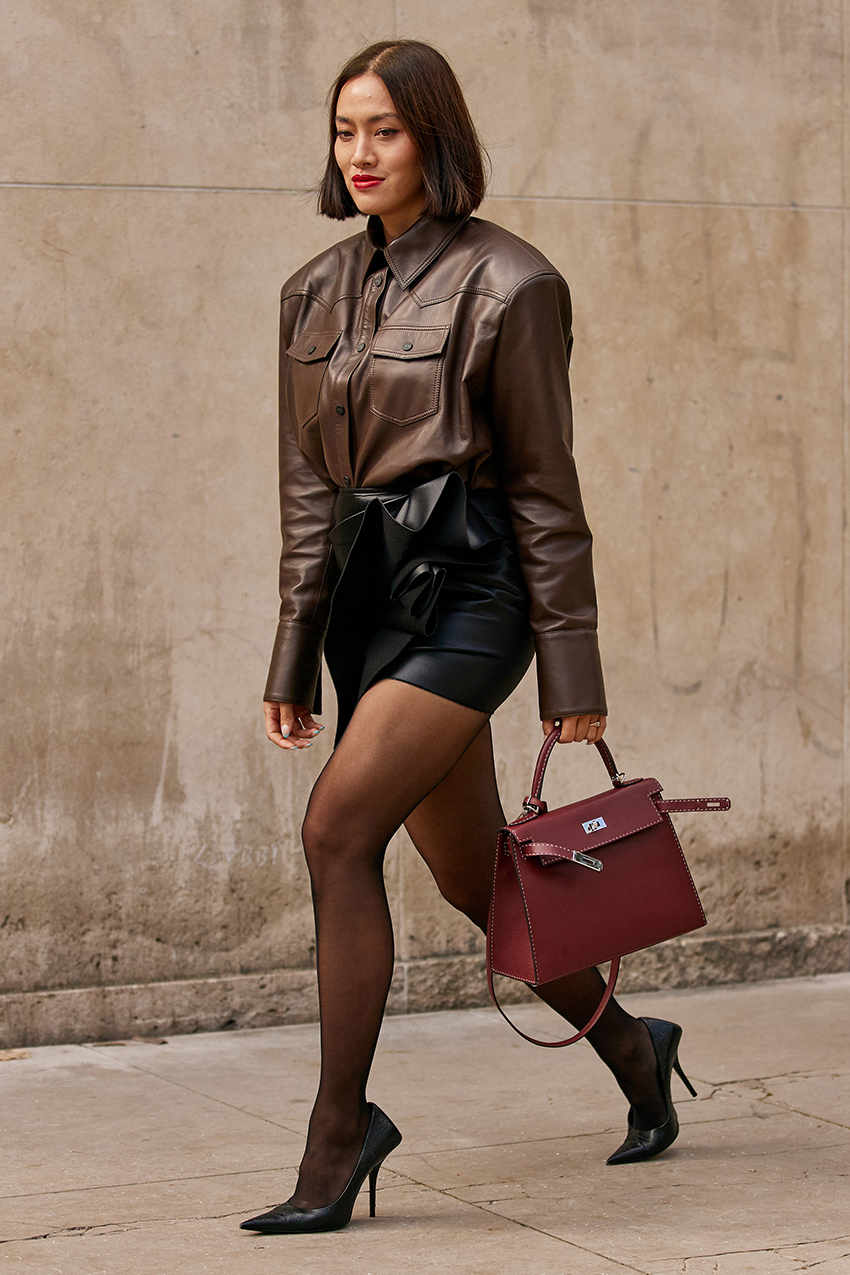
Why do you feel it's vital that more people use resale sites like Vestiaire Collective to clean out and add new pieces to their wardrobes? Why is secondhand retail so imperative?
People should really change their consumption habits. Shopping secondhand saves 90% of the environmental cost compared to a new fashion item. Everyone needs to be aware of how important it is to reduce our consumption. It's longer than an option to buy fast fashion—it ends up in landfills. We need to start buying quality items that will stand the test of time.
The RealReal

WHO: Noelle Sciacca, Senior Fashion Lead at The RealReal
How did you break into the fashion industry? How did you become an expert in luxury resale?
Interning in the fashion closet at Self magazine was my first real break into the industry. From there, I spent the next decade as an editor, creating fashion stories for magazines at the Conde Nast and Hearst publishing companies and producing luxury content for several different brands.
How has working at The RealReal changed how you view luxury resale?
Throughout the majority of my career, designer runways were looked at twice a year to dictate the trends. These trends informed which pieces retail buyers purchased and which styles were available in stores. Eventually, the runways signaled a new direction, and these pieces went out of style and into resale shops. Since working at The RealReal, I’ve come to see the secondhand market not as the end of a fashion cycle but as a starting point. By offering thousands of luxury pieces that span multiple decades from over 200 brands, The RealReal places the purchasing power into the shoppers' hands, allowing them to buy whatever they want, whenever they want. Now it seems the tables have turned, as secondhand fashion worn on the streets is looked to for runway inspiration.

What do you wish more people knew about luxury resale as a whole? Are there any tips you wish you had known when you first started?
Luxury resale isn’t exclusive by only accepting certain designer brands. Fashion items that are originally produced with high-quality materials and crafted with great care are the ones that have longevity in the circular economy. Unlike fast fashion, luxury items can be bought and sold and find new life numerous times while retaining value.

As a seasoned expert, what advice would you give to someone looking to do a closet clean-out before the end of the year?
Before sending in their haul, I recommend consignors consider the items on their current shopping lists. If you're coveting knee-high boots, cashmere sweaters, and all things Prada, there's a good chance the majority of other secondhand shoppers are too. Focus the clean-out on in-season timeless, collectible, or currently trending pieces. Handbags, jewelry, and watches are less bound by season and have strong demand all year long. Separate spring-leaning pieces to sell toward the end of February and early March when shoppers begin building their new-season wardrobe.
What are some of people's biggest mistakes when looking to part ways with old pieces?
People tend to purge their closets at the end of a season to make space for new items as the weather turns. However, demand is typically greatest for items customers can buy and wear now. For the fastest sell-through at the strongest prices, consign items in season or even two to three weeks ahead of the season. Don't forget to clean your items before consigning them. Brush dirt from the soles of your sneakers, remove scuff marks and dry-clean clothing. Sending things in the best condition possible will prevent rejections and allow pieces to be listed at higher prices. Also, check the pockets for loose change and love notes before sending your items.

While everyone’s wardrobes are different, can you tell us which pieces you feel people should part ways with?
When cleaning out your closet, you want to make a clear assessment of which pieces you wear the most, the least, and what’s missing. In doing this, you can identify the dress, bag, boot, and necklace style you love most and the rest of your closet can build upon. Before investing in your new 2023 wardrobe, you want to focus on one to two missing pieces from each category; that’s the key to making sure you don’t keep buying things you eventually want to part with. And while it’s essential to resell items that fit these criteria, if I were to narrow down what pieces specifically you should be parting with and purchasing, it would be…
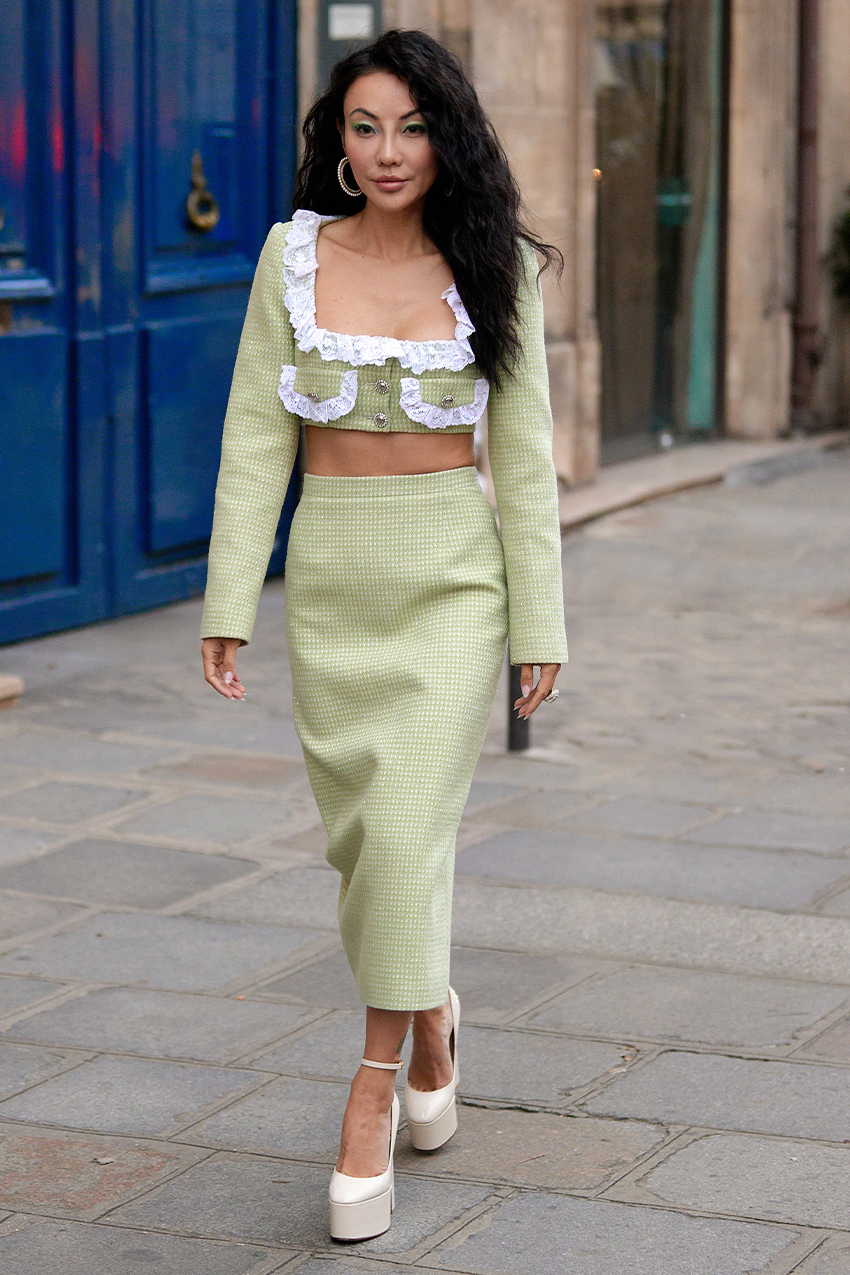
Resell: micro miniskirts
Invest in: ladylike pencil skirts
We saw micro miniskirts trending on the runways over the past few seasons, but it’s not exactly the most wearable trend, which makes it worth parting with. Unless you’re absolutely obsessed with your micro mini and wear it all the time, opting for a ladylike pencil skirt instead is the best long-term move.

Resell: square-toe shoes
Invest in: pointy-toe styles
Unless you have a classic pair of square-toe shoes from a designer brand that retains its value (think Jimmy Choo or Stuart Weitzman), it might be time to put them back in the box for the time being. We’ve seen pointy styles gain popularity, making them the perfect investment for 2023. Just be sure to buy a classic pair you can wear time and again, like Prada’s slingback heels or Manolo Blahnik’s pumps.

Why do you feel it’s vital that more people use resale sites like The RealReal for cleaning out and adding new pieces to their wardrobes? Why is secondhand retail so imperative?
Shopping and selling on the secondhand market positively impact the planet and your bank account. Keeping items in circulation prevents them from ending up in landfills. The RealReal’s Sustainability Calculator measures the number of greenhouse gasses and water saved on each item bought and sold and allows our members to track their environmental impact. With thousands of new uploads daily, The RealReal offers fashion fans covetable styles at up to 90% off their original retail prices, making luxury items more accessible. Our full-service model takes the stress out of selling and serves your pieces to over 28 million members, putting more money back into your wallet faster.
Next up, 2022 Trends, But Make Them Vintage—8 Secondhand Styles That Are So Now

Jasmine Fox-Suliaman is a freelance writer and editor living in New York City. What began as a pastime (blogging on Tumblr) transformed into a lifelong passion for unveiling the connection between fashion and culture on the internet and in real life. Over the last decade, she's melded her extensive edit and social background to various on-staff positions at Who What Wear, MyDomaine, and Byrdie. More recently, she’s become a freelance contributor to other publications including Vogue, Editorialist, and The Cut. Off the clock, you can find her clutching her cell phone as she's constantly scrolling through TikTok and The RealReal, in search of the next cool thing.
-
 The Pro Golfer and Vintage Miu Miu Collector Transforming F1 Paddocks Into Runways
The Pro Golfer and Vintage Miu Miu Collector Transforming F1 Paddocks Into RunwaysSpotted: JW Anderson's pigeon bag, Tabi pumps, and the iconic Hermès Bolide on Wheels.
-
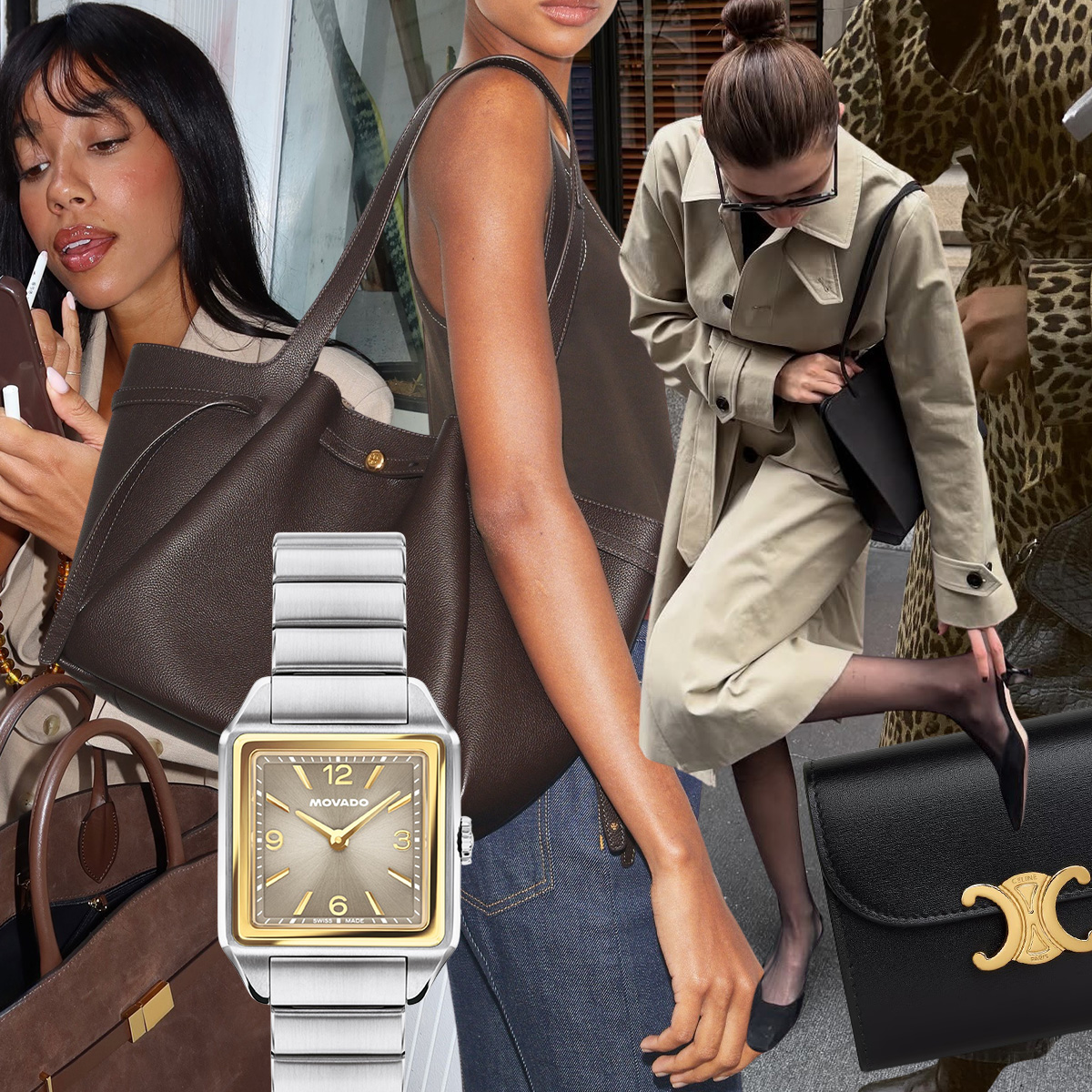 Timeless, Versatile, and Under $1000: Your Foolproof Gen Z Investment-Buy Guide
Timeless, Versatile, and Under $1000: Your Foolproof Gen Z Investment-Buy GuideFrom classic watches to forever ballet flats.
-
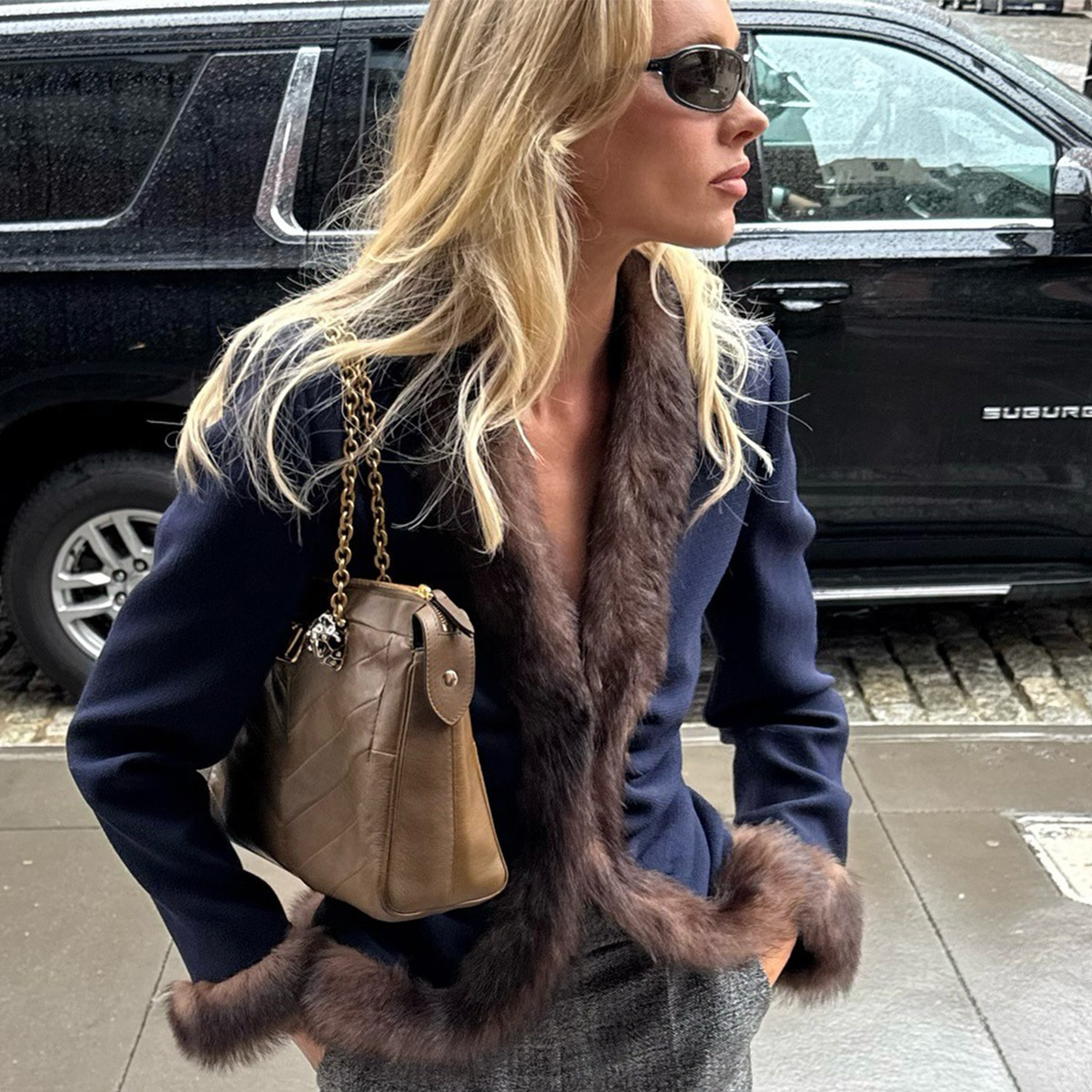 Sophisticated Women in Paris, New York, and London Will Be Wearing These Luxury Items All Winter
Sophisticated Women in Paris, New York, and London Will Be Wearing These Luxury Items All WinterOnly speaking facts.
-
 Fashionphile's Done the Research: These Are the It Bags of 2025
Fashionphile's Done the Research: These Are the It Bags of 2025The 2025 Resale Report is here.
-
 I Work in Fashion—These Are the 10 Fall Investment Pieces I *Know* Are Worth It
I Work in Fashion—These Are the 10 Fall Investment Pieces I *Know* Are Worth ItSee what made my list.
-
 What to Buy for Fall If You Don't Want to Regret It Next Year (or the Year After)
What to Buy for Fall If You Don't Want to Regret It Next Year (or the Year After)Investments only.
-
 You Won't Believe the Vintage Treasures I Just Found on 1stDibs, and No, They're Not All Wildly Expensive
You Won't Believe the Vintage Treasures I Just Found on 1stDibs, and No, They're Not All Wildly ExpensiveThe chicest under-$400 fashion and home décor pieces lie ahead.
-
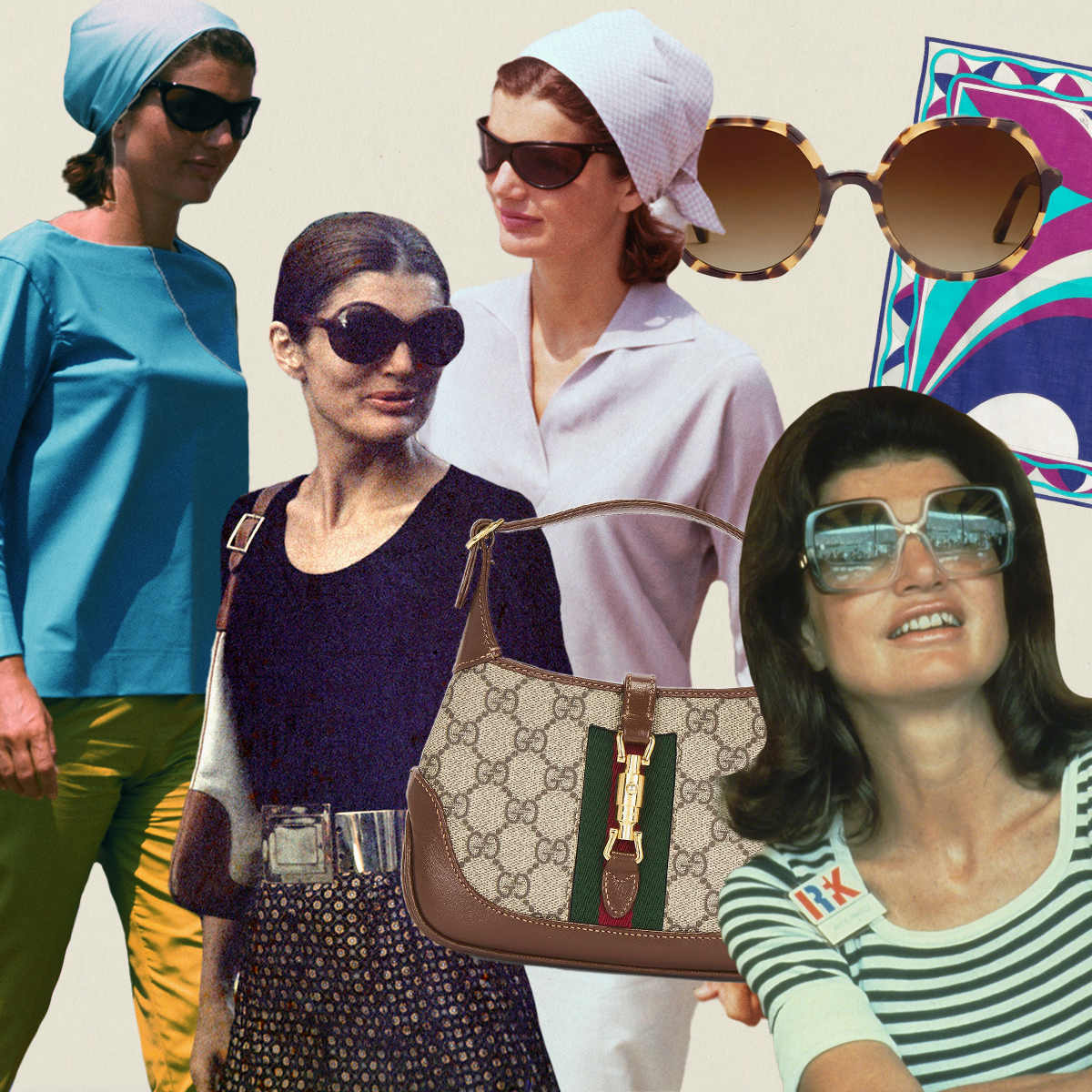 Capris, Sunglasses, Scarves—Jackie O's Summer Style Has Never Been More Relevant
Capris, Sunglasses, Scarves—Jackie O's Summer Style Has Never Been More RelevantPeak chic.







